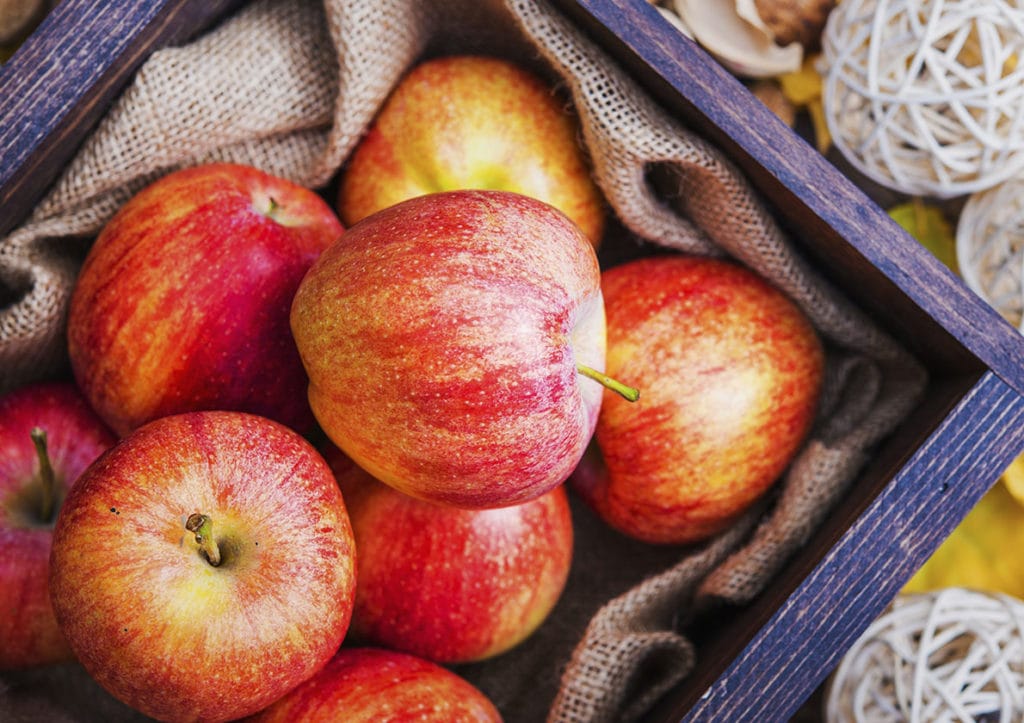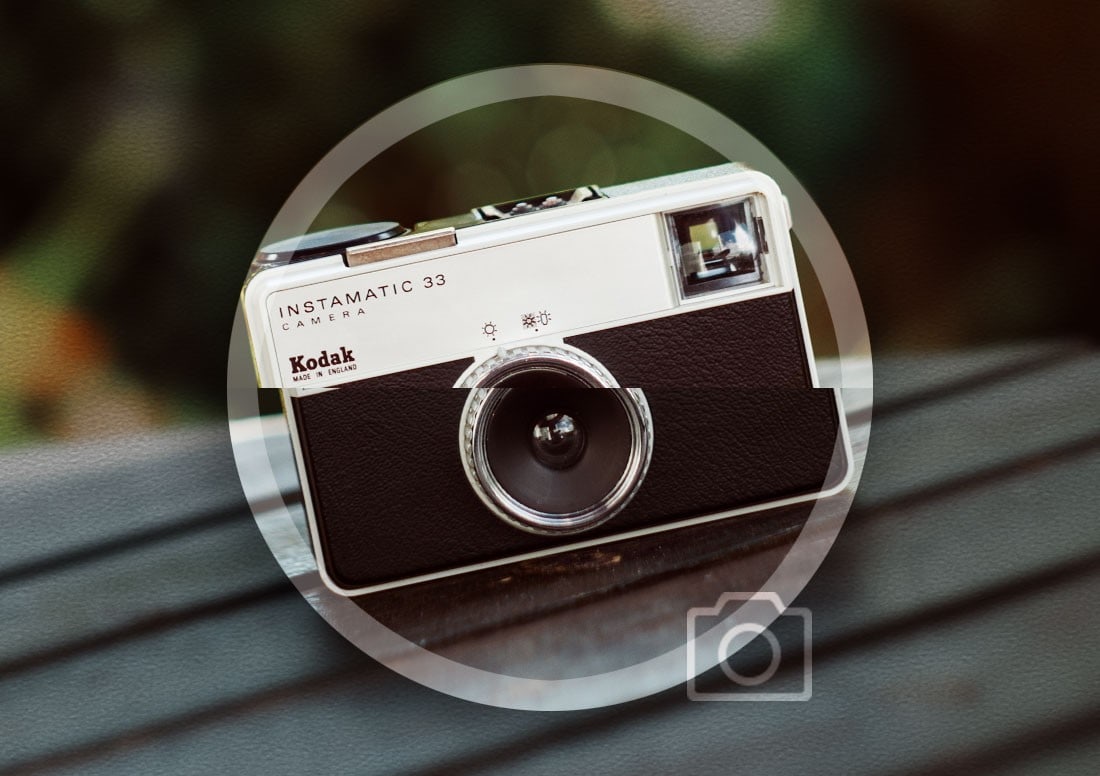Images are powerful communicators and they play a huge role in design, marketing and social media. Our culture is a very visual one, so choosing the right images to use in your marketing communications and elsewhere online has never been more important. We often get asked for help by our clients who are struggling to source the right images for their campaigns. Here are some of our top tips on how to choose the best images for your designs…
The 3 types of marketing images
All marketing images generally fall into one of three categories. These are: • Representative Images • Conceptual Images • Aspirational Images Choosing different types of images and using them in an appropriate way helps to make your designs more engaging and stand out from the crowd. As an example, you can see how the perception of a simple apple can change just from using the different types of images here…
Representative
Illustrating factual information with a representative image will make your message clear. If you’re writing about apples, for instance, use a picture of an apple:

Conceptual
A simple conceptual image can make a complex idea easier to understand. Researchers have discovered the science behind how eating an apple a day makes us smarter:

Aspirational
A new product displayed in an aspirational way can create demand. Aspirational images inspire desire and communicate availability. These shiny, organic apples are the best that money can buy:

Choosing images your customers will engage with
Once you’ve decided on the appropriate type of image for your design, how do you decide which image to use? People engage with other people, so it’s worth bearing that in mind when thinking about your imagery. We read emotion in people far better than anything else, and the right image can bring out strong emotions, such as joy, sadness, compassion or anger. Think of the feelings you want to evoke in your marketing rather than simply representing a situation literally, and your designs will be much more effective. When selecting your shots, the most important aspects to bear in mind are:
Quality – Viewers directly associate the quality of your images with the quality of the product or service you are offering. Allow room in your budget for good-quality photography, otherwise you risk underselling yourself. One great photo can make a campaign worth engaging with.
Memorability – Is your image memorable? Interesting colours or effects, provocative cropping, unexpected elements, and compositions can help to make an image stick in your customer’s memory.
Functional – What does your image need to do? Do you want your customer to sign up for a newsletter, join a club, or buy a product? A pretty image is nice, but an image of someone taking part or doing the task will work far better. It’s a subtle difference that gives your image an active role.
Engaging – Images that evoke emotions or memories will connect more strongly with your audience. Get to know your customer and anticipate their thoughts and needs.
Budget for your photography and images
When it comes to using images in your marketing campaigns, it’s worth setting your photography and image budget as high as you possibly can. If you haven’t got the budget to pay for original photography, stock images are your next best option.
Do your research when sourcing stock images
If you do go down the stock images route, make sure you do your research carefully. There are some great stock image libraries available, but that also means there is a glut of average and clichéd images out there too. Spend some time looking through image libraries and check out what your competitors are using. Choosing the same imagery as your direct business competitors can have a negative impact on the perception of your own business.
Ask an expert
Get your designer to help you: they will have the expertise to spot the difference between an aspirational and a conceptual image. They can help you to choose the best images that will have the most impact, and they can also help to suggest alternative ideas if your budget is tight. If you would like to find out more, give us a call today ››
